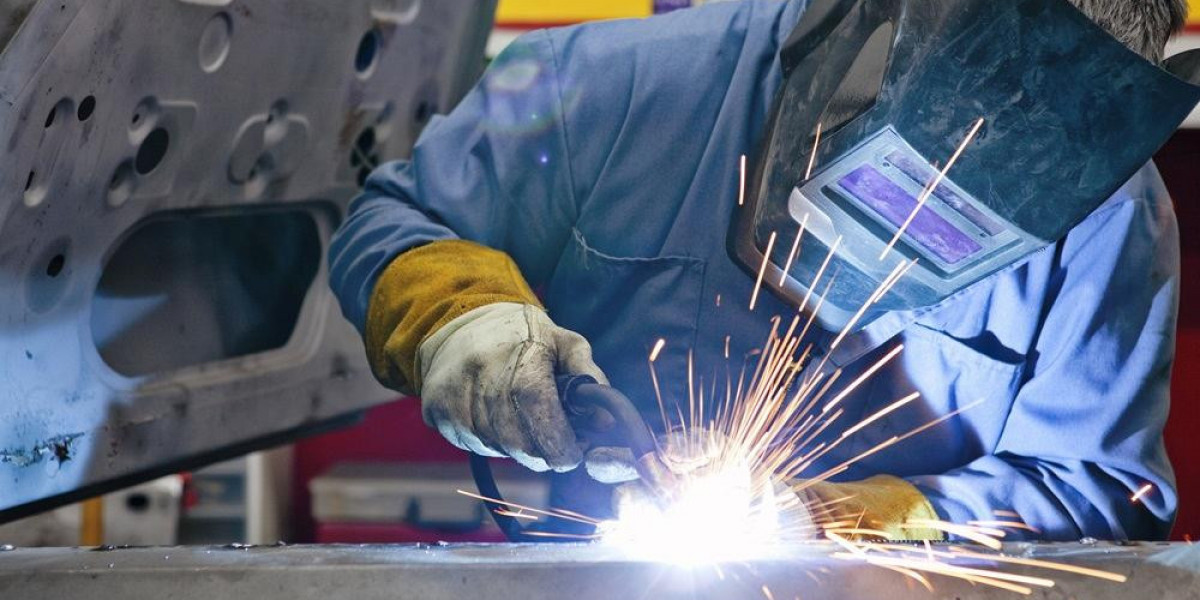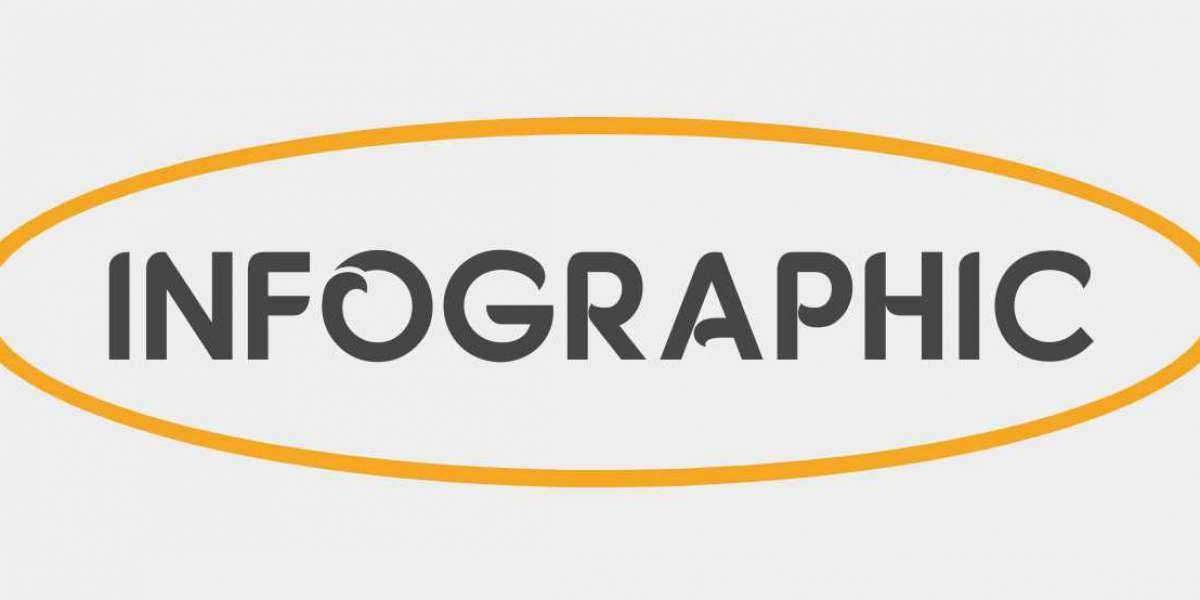Welding is a fabrication or sculpting process that joins materials, usually metals or thermoplastics, by causing fusion, which is distinct from lower temperature metal-joining techniques such as brazing and soldering, which do not melt the base metal. In welding, two pieces are joined together by melting the work pieces and adding a filler material to form a pool of molten material (the weld pool) that cools to become a strong joint, with pressure sometimes used in conjunction with heat, or by itself, to produce the weld.
Welding Consumable Selection
The Welding Consumables used depend on several factors including the base metal compositions, filler metal composition, weld position, joint configuration, service requirements and codes or specifications that govern the welding activities. The key consumables are the filler metals or welding electrodes. For fusion welding processes like shielded metal arc welding (SMAW) and gas tungsten arc welding (GTAW), the filler is provided by a consumable electrode. For gas metal arc welding (GMAW or MIG) and flux-cored arc welding (FCAW), wire or tubing serves as the consumable electrode and filler.
Welding electrodes come in various sizes depending on the thickness of material to be welded. The electrode core composition must be compatible with the base metal composition. Carbon and low-alloy steels require matching or slightly over-alloyed electrodes. Stainless steels are best welded with matching composition electrodes for corrosion and high temperature resistance. Specialized electrodes exist for welding aluminum, nickel alloys, titanium and other exotic metals. Coated electrodes have a flux or sheath material that protects the weld pool from atmospheric contamination and provides necessary alloy additions.
Solid Wires for GMAW and FCAW
Solid wires are preferred for gas metal arc welding and flux-cored arc welding processes due to their versatility and continuous feeding capability. As with electrodes, wire composition must match or be slightly higher in alloy content compared to the base metal. Filler wire is available in diameters ranging from 0.8 mm to 5 mm depending on current capacity and material thickness. Low hydrogenflux-cored wires are commonly used for welding structural steels due to their high deposition rates and mechanical properties. Self-shielded flux-cored wires can be used without shielding gas in all positions and offer more flexibility. Special wires are available for aluminum, stainless steel and other alloys.
Welding Gases
Inert or semi-inert shielding gases are necessary during arc welding processes to prevent oxidation, porosity and weld contamination. Air cannot be used as it contains oxygen and nitrogen which react with hot metals. During shielded metal arc welding, the electrode flux composition provides some shielding. For other processes like GTAW, GMAW and FCAW, external gases are necessary to shield the arc and weld pool. Some common gases used are argon, helium, carbon dioxide, mixtures and blends. Argon is widely used for steel, stainless steels and aluminum. Helium-argon mixtures offer deeper weld penetration while carbon dioxide works well for limited thickness low alloy steels.
Filler Rods and Flux for SMAW
For shielded metal arc welding, consumable filler rods are supplied as steel electrodes with a flux or sometimes powder surrounding the welding rod. The flux acts as a shielding gas during welding by producing carbon dioxide when heated. It also takes part in the weld metal composition just as a flux cored wire does. Electrodes are coated or covered in flux to protect the weld pool from impurities in the air, increase arc stability and control weld chemistry. Low hydrogen electrodes are preferred to avoid cracking. The rods come in various diameter and compositions matched to the base metal type. Low alloy steel, stainless steel, aluminum and other specialty electrodes are available for welding a wide variety of industrial material.
Joint Preparation and Consumable Selection
Proper joint preparation prior to welding is critical for achieving high quality welds. This involves cleaning and bevelling or chamfering the edges to allow correct filler metal deposition. Welding position also affects consumable selection - electrodes or wires must be chosen suitable for all positions - flat, horizontal, vertical, overhead etc. Materials, thicknesses, weld joint details are other factors in deciding the right filler. Low hydrogen consumables that minimize heat input are generally selected for thinner sections. For demanding applications, preheated and post-weld heat treated consumables give the best properties. Welding codes also specify allowed consumables based on material, process, application and specific installation conditions.
Advancements in Welding Electrodes
In recent years, welding electrode technology has progressed significantly. Newer low hydrogen formulations reduce weld cracking risks for higher strength steels. Thixotropic, controlled crystallization electrodes increase weld metal ductility. Advanced flux systems control pulverulence and produce minimal fumes. Low alloy and alloyed electrodes give higher strength, impact and corrosion resistance. Special metallurgical powder additions or homogenous electrode cores enhance alloying compared to traditional welding fillers. Composite cored electrodes deposit filler and flux in a single pass for enhanced efficiency. The development of low heat input consumables allows thinner materials to be welded without distortion or property loss due to rapid cooling.
Automated Welding and Consumables
In automated welding processes, filler metal supply takes different forms suited for high speed, robotic and high deposition welding. Commonly used formats include wire coils on reels or bobbins, strip electrodes on spools, cored wires in continuous coils, and powder feed reservoir systems. Such consumables match the material transfer characteristic and allow continuous welding wire or strip feed versus short arc time stick electrodes. Precision wire diameter consistency maintains arc control. Low spatter consumables improve seam quality and finish for automated welding of parts in mass production. Flux cored wires can be used in robot gas metal arc or self shielding flux cored arc processes without external shielding gas requirements.
In the selection of proper consumables forms a critical part of industrial welding procedures for obtaining quality, defect free joints.
Get this Report in Japanese Language: 溶接消耗品
Get this Report in Korean Language: 용접 소모품
About Author:
Money Singh is a seasoned content writer with over four years of experience in the market research sector. Her expertise spans various industries, including food and beverages, biotechnology, chemical and materials, defense and aerospace, consumer goods, etc. (https://www.linkedin.com/in/money-singh-590844163)









